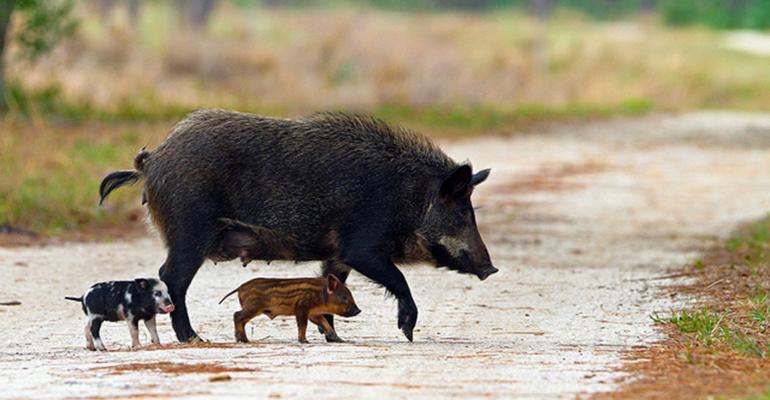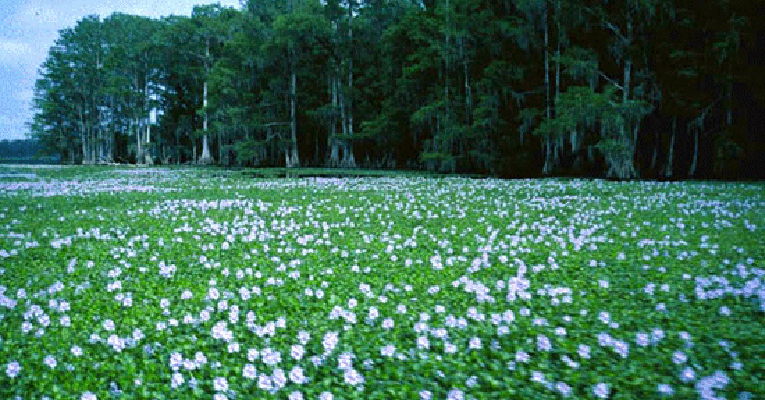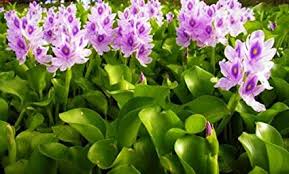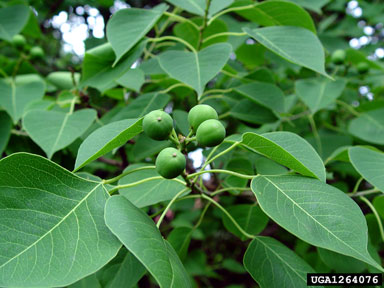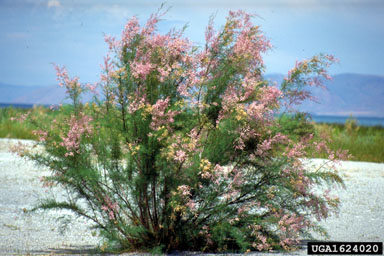Title: Unnatural Texas: Invasive Species Dilemma
Matt Turner and Robin Doughty, authors of Unnatural Texas? The Invasive Species Dilemma, discussed the problems posed by invasive species at the Feb. 19, 2019, meeting of the Austin Chapter of the Native Plant Society.
Matt Warnock Turner, a fifth-generation Texan, is a naturalist, teacher, and free-lance writer who works as a market researcher at UT’s McCombs School of Business. Son of a well-known botanist, he applies his humanities training (PhD in literature from Yale) to enrich our understanding of the plant kingdom around us. He has published both scientific and popular works, including the award-winning, Remarkable Plants of Texas (2009). He’s twice appeared as a guest on PBS’s “Central Texas Gardener” and starred in the PBS documentary, “Wildflowers: Seeds of History.”
Robin W. Doughty, a Yorkshire-born Geographer, who received his PhD from University of California Berkeley, has been on the UT faculty for more than 40 years. Robin has a longstanding professional and personal interest in wild animals, environmental change, and conservation. He has authored over 10 books on such subjects as the feather trade, the recovery of the endangered whooping crane, the mockingbird, the purple martin, the armadillo, the eucalyptus tree, and more recently the international steps being made to conserve albatrosses. He continues to travel the world extensively and lecture on physical geography, cultural history, and wildlife.

Matt Turner

Robin Doughty
